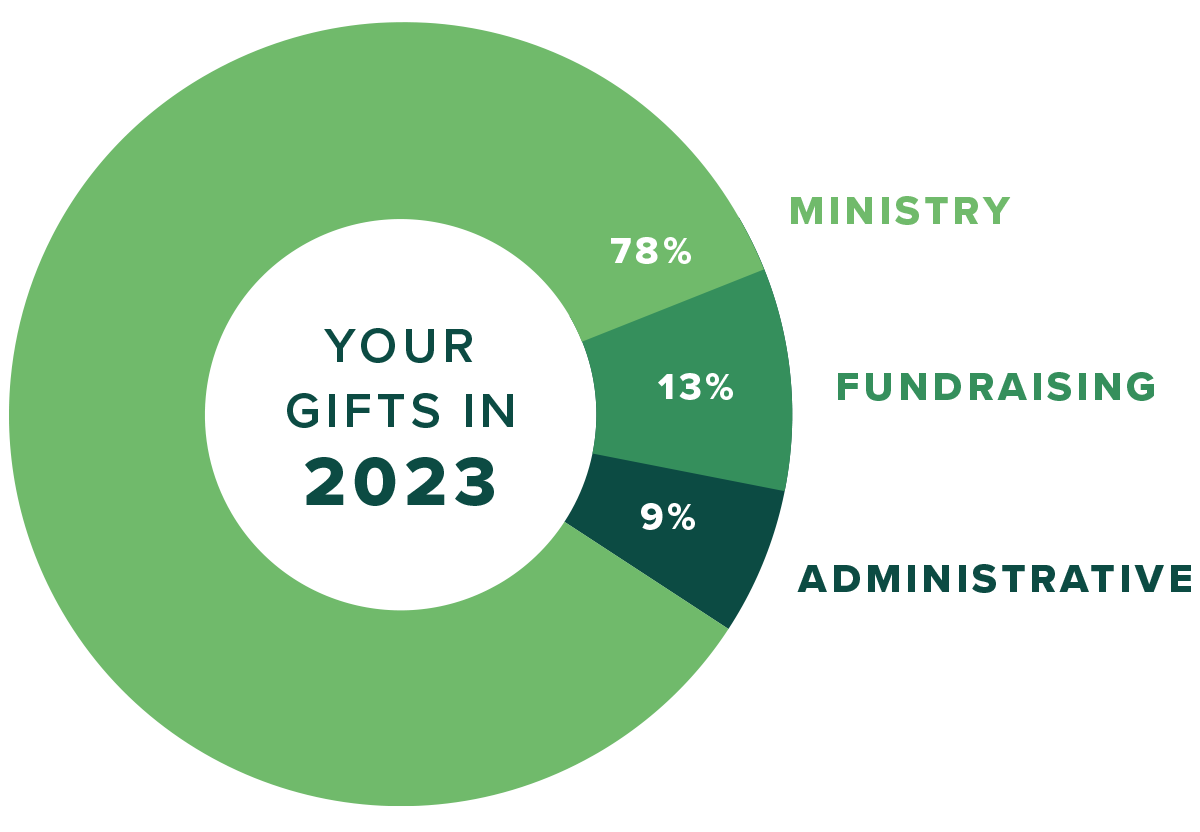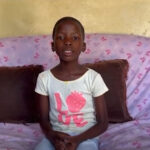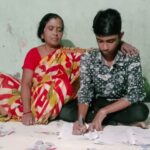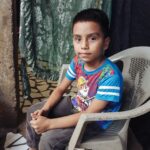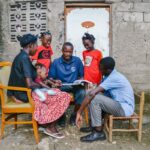Learn how cellular technology enables impoverished communities to improve their way of life, help educate their children, diagnose medical conditions, and even save lives.
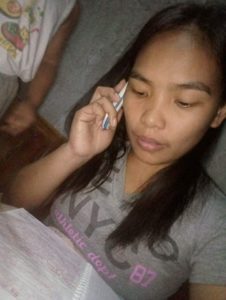
Cellphones can open doors to improved literacy in poor communities.
You may have read that Child Champions are frequently checking in on kids in the OneChild program and sending them study materials by text message. Did it seem strange to you that a family that can’t always afford basic food would have a cellphone? Isn’t a cellphone a luxury for people living in poverty? That’s a good question, and it opens the door to a fascinating story of how cellular technology is actually helping people in the developing world emerge from poverty.
In the past, only families we would consider middle class or above would have a phone. And that meant a very small percentage of the population in many countries.
But as mobile phones have become increasingly affordable and cellular service more widespread, cellphones have come within reach even for people living in extreme poverty.
In 2016, the World Bank reported that more people had access to a mobile phone than had access to electricity or clean water. [i]
What’s more, those phones are actually helping them become less poor!
Cellphones Worth the Cost
Having even a basic flip phone can be life-changing for someone living in poverty, and a new, basic cellphone can cost as little as $20 in a developing country, not to mention even more affordable used phones available in marketplaces. There are good reasons someone might even skip a few meals to save up for a phone. That little phone can open doors for small-business loans, fair prices for small farmers, access to medical care, transport to hospitals in an emergency, and increased literacy, any of which brings hope in hard places.
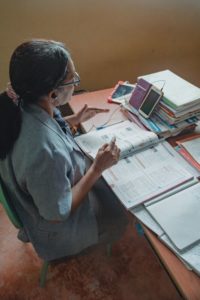
Cellphones allow Child Champions to communicate more easily with kids living in hard places.
In 2007, long before Apple Pay or Google Wallet, a development grant from the United Kingdom helped launch a mobile banking platform in Kenya called M-Pesa.
Suddenly, daily wage earners could pay for their purchases in stores with their phone, apply for loans, and send money to loved ones far away.
Just eight years later, a staggering 43% of the nation’s GDP passed through M-Pesa. A 2016 study showed that 10% of Kenyan families in extreme poverty were able to raise themselves above the poverty level using M-Pesa, as families who previously had no access to a bank could now secure and manage their money better. [ii]
No electricity? No problem.
In Kenya, for example, many tiny street-corner shops offer the opportunity to charge a cellphone for a few shillings. In other countries, roadside street venders sell scratch cards with a code to enter into a phone to add minutes to the account. Those who can’t afford a monthly subscription can buy as little as 50 cents worth of cellular coverage at a time.
Connecting With Each Other
In many countries with no real equivalent to a 911 emergency call center, a cellphone may be the only way to call a friend or family member for help in an emergency. In rural Dominican Republic, people created a system that allows a person in trouble to phone a dispatcher at their local firehouse, who will then send a mass text message to trained volunteers. A volunteer then connects with the person in need and transports them by motorbike to the nearest hospital. [iii] In short, a cellphone can save a life. And if that’s the life of a family’s breadwinner, it saves the whole family from catastrophe.
Doctors are using apps on smartphones that allow their cameras to diagnose vision problems and other conditions. Other apps allow diagnosis of infectious diseases using image samples, and others, with the addition of a special lens, can even transform a phone into a microscope. [iv]
Cellular technology has connected small-scale farmers with distant buyers they could never have reached before. It also gives them access to crop advice, weather alerts, and information on fair market prices to protect them from exploitation. [v]
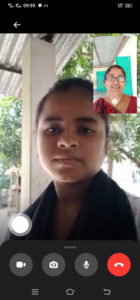
Cellphones help teachers connect with their students and Child Champions connect with kids in the OneChild program.
Education is one of the most important ways cellphones are helping raise people out of poverty. Tens of thousands of people who never before had access to books can now read them on their phones, and many are doing so — even on tiny screens. Parents are reading to children. [vi] The increasing number of those with access to a smartphone can also access news, information, and instruction on a par with people in developed countries.
Reaching More People With Hope
For years, WhatsApp has been widely used in the developing world. The free app provides text messaging, group texts, voice, and even video calls. Now it’s being used to keep families connected with each other, teachers connected with their students, and Child Champions connected with kids in the OneChild program. WhatsApp has become a crucial way for Hope Centers to communicate updates and even lifesaving health and hygiene facts to the kids and their families.
During the nationwide lockdowns in place in many countries, we’re giving thanks for this widespread technology. In many countries where OneChild works, Hope Centers have formed task forces with each Child Champion regularly phoning the families assigned to them. They are able to encourage the kids, check on their health, and even send them lessons to do at home.
Thanks to cellphones, Child Champions in India report they are able to spend more individualized time with the kids who are home from school than they could at the Hope Centers during a regular school week. In Bangladesh, Child Champions are forming closer relationships with the children’s parents over the phone than ever before. In the Philippines, Hope Centers shared activities with parents who are now implementing the programs at home for their whole family! And in Honduras, medical professionals are available to answer questions and psychology specialists are available for counseling sessions by phone.
Now more than ever, we are grateful that God has equipped us with a way to continue bringing hope in hard places, even where we can’t leave our homes.
Help OneChild reach more kids in poverty, open more Hope Centers, and bring hope to hard places by donating to our Partners Fund.
Sources:
[i] Gharib, Maliaka, “Surprising Charts About Smoking, Unemployment And Mobile Phones,” last modified January 14, 2017, https://www.npr.org/sections/goatsandsoda/2017/01/14/509137225/surprising-charts-about-smoking-unemployment-and-mobile-phones
[ii] Pramanik, Abhik K., “The Technology That’s Making a Difference in the Developing World,” last modified February 24, 2017 https://www.usglc.org/blog/the-technology-thats-making-a-difference-in-the-developing-world/
[iii] Ibid.
[iv] “Mobile Technologies for Third World Development,” Open Mind BBVA, 22 August 2019 https://www.bbvaopenmind.com/en/technology/innovation/mobile-technologies-for-third-world-development/
[v] Pramanik, Abhik K., “The Technology That’s Making a Difference in the Developing World,” last modified February 24, 2017 https://www.usglc.org/blog/the-technology-thats-making-a-difference-in-the-developing-world/
[vi] Smith, Carol, “Mobile Phones to Prompt Reading Revolution in Developing World,” last modified May 9, 2014
https://ourworld.unu.edu/en/mobile-phones-to-prompt-reading-revolution-in-developing-world
We are accountable to the children we serve AND to our donors.
Our accountability to our donors is one of our highest priorities. Our goal is to use the funds entrusted to us as wise stewards. To do this requires continued monitoring of our fund distribution. OneChild is also a member in good standing with the Evangelical Council for Financial Accountability (ECFA)
